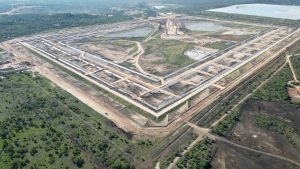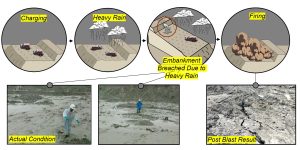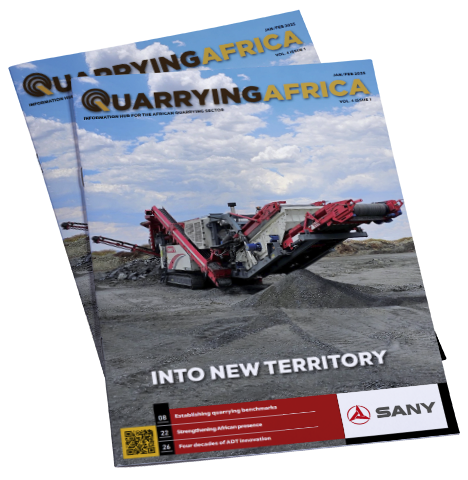The South African Road Federation (SARF) will present a one-day virtual course on G1 Crushed Stone base material. The course – scheduled for 13 July 2022 – will be facilitated by Dennis Rossman, a retired SANRAL materials engineer who brings a wealth of experience in construction materials.
Basil Jonsson, operations director at the SARF, tells Quarrying Africa that the course will handle all practical aspects of the construction process, from material sourcing (specification) through to completion of a G1 crushed stone layer.
The course comes on the back of the new COTO Standard Specifications released in 2020. This has ushered in fundamental changes to what the industry is accustomed to in terms of material requirements. The course will address a range of changes contained in Chapters 4 and 5 of the new COTO spec, highlighting the responsibilities of the whole value chain, from the material supplier and contractor to the client and the consulting engineer.
“The course is targeted at civil engineers, technologists, quarry managers and laboratory staff responsible for testing G1 material that the quarry manufactures. The course will highlight grading specifications that the G1 base material needs to conform to,” says Jonsson. “The course has been accredited for Continuous Professional Development (CPD) points by the Engineering Council of South Africa.”
Commenting on the significance of the course, Jonsson says technical staff from quarries need to understand the importance of meeting exact grading specifications when producing G1 base material. A durable base is the foundation of long-lasting roads. “The final road is only as strong as the base on which it is built,” stresses Jonsson.
The course comes on the back of recent quarry visits to Lafarge KZN and Afrimat Lyttleton by SARF members. The quarry visits were arranged to give young road engineers first-hand experience of how quarries manufacture aggregates, including G1 base material, and how these aggregates are tested in the laboratory to meet the National Specifications of Road Building.
“The quarries also conducted blasts to demonstrate to the young engineers how the rock face is blasted, crushed through a number of crushing plants to produce the specific size aggregates that are used in road building and concrete manufacturing,” concludes Jonsson.







